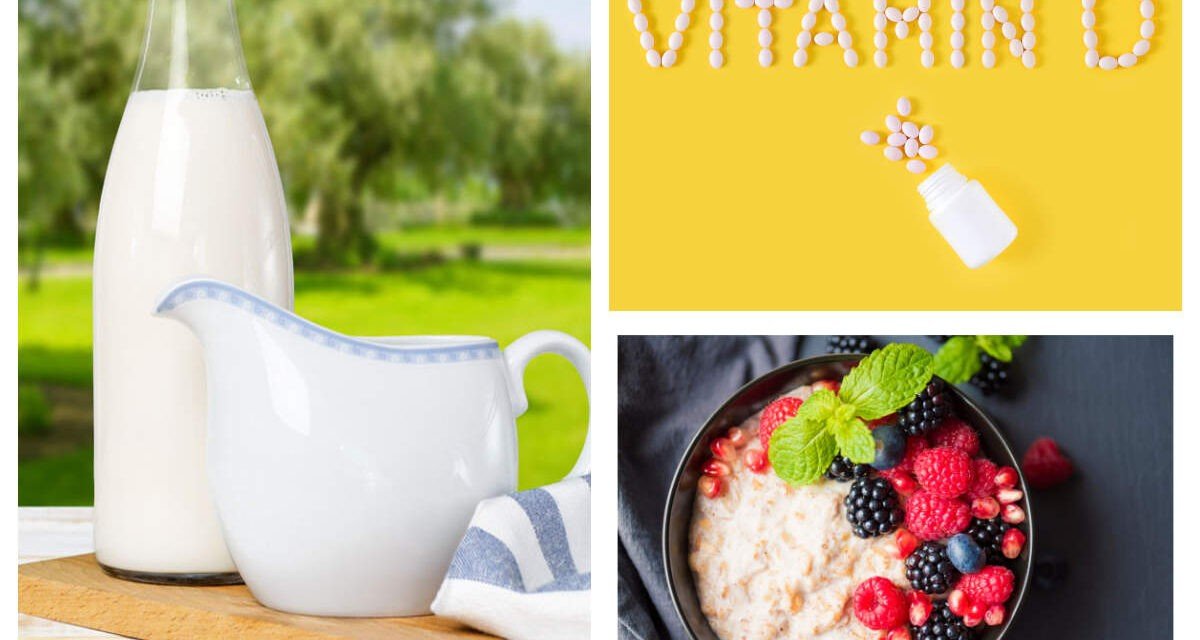Introduction:
A study recently revealed that 70-90% of Indians including 88% urban Mumbaikars are Vitamin D deficient. It also showed that pregnant women in India have up to 84 percent Vitamin D deficiency. A study recently revealed that 70-90% of Indians including 88% urban Mumbaikars are Vitamin D deficient.
- Vitamin D helps to extract calcium from areas of small intestine and maintain calcium level in blood.
- Now-a-days people exposure to sunlight has become very less due to which they are deficient in Vitamin D which causes rickets, weakness in muscles, pain in bone and deformities in joints.
- The Vitamin D content in milk is also reduced because of less exposure of cow to sunlight which stops conversion of 7-dehydrocholestrol to Vitamin D.
EFFECT OF UV-B ON MILK:
- Wavelength of UV Light required = 290 to 315 nm
- Vitamin D content of Normal Milk = 0.1 to 0.5 mcg (4 to 20 IU)
- Vitamin D content of UV treated milk = 3.2 to 3.5 mcg (128 to 140 IU)
Recomended Vitamin D daily Consumption:
The current recommendations suggest consuming 400–800 IU (10–20 mcg) of vitamin D per day. However, people who need more vitamin D can safely consume 1,000–4,000 IU (25–100 mcg) daily. Consuming more than this is not advised, as it is not linked to any extra health benefits.
- Daily Average Milk Consumption:
The weighted all-India average (rural and urban) daily per capita consumption of milk from the NSO’s HCES was 139.3 ml (or 143.5 grams) in 2004-05 and 154.8 ml (159.4 grams) in 2011-12. In 2019-20 the value is 375 grams/day.
OBJECTIVES
To increase the Vitamin D content of milk by the artificial method.
1. Process Flow Diagram :

2. Detailed Part List :

3. Detailed Sketches :
4. CAD Model :

Utensil 
Lid
Stirrer Patterns :
Note: We decided to form 2 groups for testing of vitamin D from blood samples, but analysis of vitamin D from blood cost Rs. 2400/person. So the cost for 16 people will be Rs 38,400. And we have to conduct 2 tests, so the cost goes to Rs 76,800. So we have parked this project.









